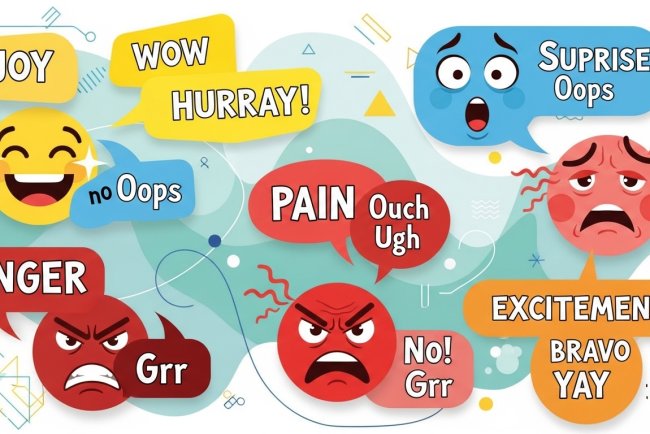Understanding Adverbs in English Grammar
Learn all about adverbs in English grammar. Understand their types, usage, examples, and common mistakes with this simple guide.

Adverbs are powerful little words that bring life and clarity to sentences. They help us describe how, when, where, or to what extent an action takes place. Without adverbs, our language would feel plain and incomplete. In this guide, we will explore what adverbs are, their types, and how to use them effectively.
What is an Adverb?
An adverb is a word that modifies a verb, an adjective, or even another adverb. It provides more information about the manner, place, time, frequency, degree, or reason of an action.
Example:
-
She sings beautifully. (beautifully tells us how she sings)
-
They arrived early. (early tells us when they arrived)
-
He ran very quickly. (very modifies the adverb quickly to show degree)
Types of Adverbs
1. Adverbs of Manner
These describe how an action is performed.
-
Examples: quickly, slowly, neatly, badly
-
Sentence: The baby slept peacefully.
2. Adverbs of Time
These tell us when an action happens.
-
Examples: yesterday, today, soon, already
-
Sentence: I will call you tomorrow.
3. Adverbs of Place
These indicate where an action happens.
-
Examples: here, there, everywhere, outside
-
Sentence: The children are playing outside.
4. Adverbs of Frequency
These show how often something happens.
-
Examples: always, never, sometimes, often
-
Sentence: She always arrives on time.
5. Adverbs of Degree
These describe the extent or intensity of an action or quality.
-
Examples: very, too, quite, almost
-
Sentence: The exam was quite difficult.
6. Interrogative Adverbs
These are used to ask questions.
-
Examples: when, where, why, how
-
Sentence: Why are you late?
7. Relative Adverbs
These introduce a clause and relate it to a noun.
-
Examples: when, where, why
-
Sentence: I remember the day when we met.
Position of Adverbs in a Sentence
Adverbs can appear in different parts of a sentence depending on emphasis and meaning.
-
Beginning: Yesterday, we visited the museum.
-
Middle: She has always enjoyed reading.
-
End: They laughed loudly.
Common Mistakes with Adverbs
-
Confusing adjectives with adverbs
-
Wrong: She speaks good.
-
Correct: She speaks well.
-
-
Overusing adverbs
-
Too many adverbs can weaken your writing. Instead of saying “He ran very quickly,” you might simply say “He sprinted.”
-
Why Adverbs are Important
Adverbs add richness and precision to communication. They allow us to express actions more clearly and give depth to descriptions. Whether in everyday conversation or academic writing, mastering adverbs helps you communicate effectively.
Test Your Knowledge
Now that you understand adverbs, it is time to practice. Take a short test to check your learning and improve your grammar skills.
Download QuizNova App to take a test on Adverbs Download QuizNova
What's Your Reaction?


















